Looking towards higher ground from the Going-to-the-Sun Road. HDR image recorded on July 23, 2011 at around 09:45, using the Nikon D3s and theAF-S NIKKOR 16-35mm f/4G ED VR lens at 35mm. Exposure was f/11 with five source images bracketing +/- 2.o EV, +/- 1.0 EV, and 0.0 EV.
Looking eastward from the Going-to-the-Sun Road. Image recorded on July 24, 2011 at around 10:00, using the Nikon D3s and the AF-S NIKKOR 24-70mm f/2.8G ED lens at 38mm. Exposure was f/16 and 1/60s, ISO 200.
There was extensive construction along the upper sections of the Going-to-the Sun Road in the summer of 2011. The automated signal rigs shown above were a common sight. Image recorded on July 23, 2011 at around 10:30, using the Nikon D3s and the AF-S NIKKOR 24-70mm f/2.8G ED lens at 24mm. Exposure was f/11 and 1/125s, ISO 800. Handheld.
We found this billy goat just above the Going-to-the-Sun road at a spot below the Garden Wall where we had to pause for road construction. Image recorded on July 24, 2011 at around 10:30, using the Nikon D7000 and the AF-S NIKKOR 200-400mm f/4G ED VR II lens at 400mm (600mm in FX). Exposure was f/8 and 1/200s, ISO 1600. Handheld.
Mountain Goat calf near Logan Pass. Image recorded on July 24, 2011 at around 17:30, using the Nikon D7000 and the AF-S NIKKOR 200-400mm f/4G ED VR II lens at 200mm (300mm in FX). Exposure was f/9 and 1/1250s, ISO 800. Handheld.
Nanny goat near Logan Pass. Image recorded on July 24, 2011 at around 17:30, using the Nikon D7000 and the AF-S NIKKOR 200-400mm f/4G ED VR II lens at 200mm (300mm FX equivalent). Exposure was f/9 and 1/1600s, ISO 800. Handheld.
A Glacier Park Inc ‘Red Bus’ is shown parked at the Logan Pass Visitors Center. These 1930’s vintage renovated convertible buses operate throughout the park. Image recorded on July 23, 2011 at around 11:15, using the Nikon D3s and the AF-S NIKKOR 24-70mm f/2.8G ED lens at 28mm. Exposure was f/11 and 1/640s (+1.0 EV), ISO 800.
The view north from Going-to-the-Sun Road into Lunch Creek and Piegan Mountain. Image recorded on July 23, 2011 at around 11:30, using the Nikon D3s and the AF-S NIKKOR 24-70mm f/2.8G ED lens at 24mm. Exposure was f/16 and 1/125s (-0.67 EV), ISO 200.
Near the north end of St. Mary Lake we encounter this log jam. Image recorded on July 23, 2011 at around 13:15, using the Nikon D3s and the AF-S NIKKOR 24-70mm f/2.8G ED lens at 24mm. Exposure was f/16 and 1/160s, ISO 800.
Heavy Runner Mountain (left) and Reynolds Mountain from the Going-to-the-Sun Road. Image recorded on July 24, 2011 at around 11:00, using the Nikon D3s and the AF-S NIKKOR 24-70mm f/2.8G ED lens at 24mm. Exposure was f/11 and 1/125s (+0.33 EV, normalized in ACR), ISO 200.
The view west from Sun Point on St. Mary Lake with , from left to right, Citadel Mountain, Fusillade Mount, Reynolds Mountain, and Heavey Runner Mountain, in the distance. Image recorded at around noon on July 23, 2011, using the Nikon D3s and the AF-S NIKKOR 24-70mm f/2.8G ED lens at 36mm. Exposure was f/16 and 1/3205s (+0.33 EV, normalized in ACR), ISO 800.
Steel sighting-map at Sun Point. Image recorded on July 24, 2011 at around 11:00, using the Nikon D3s and the AF-S NIKKOR 24-70mm f/2.8G ED lens at 36mm. Exposure was f/16 and 1/100s (+0.33 EV, normalized in ACR), ISO 200.
West bank of St. Mary Lake from the green side of Sun Point. Image recorded at around noon on July 24, 2011, using the Nikon D3s and the AF-S NIKKOR 24-70mm f/2.8G ED lens at 36mm. Exposure was f/11 and 1/500s, ISO 800.
We found this bighorn sheep ewe along Swiftcurrent ridge near Lake Sherburne in the Many Glacier region of the park. Image recorded on July 24, 2011 at around 14:00, using the Nikon D7000 and the AF-S NIKKOR 200-400mm f/4G ED VR II lens at 400mm (600mm in FX). Exposure was f/8 and 1/200s, ISO 1000. Handheld.
Finally, two images of a black bear sow (above) and her three cubs (below) navagating the shoreline of Lake Sherburne. The foliage on the lake around Lake Sherburne is extremely mature in spots, and this bear family had to go amphibious to get around some significant obstacles. The young bears seemed to have no fear of the water, and followed their mother without hestitation. The color of the black bears in the Many Glacier area is remarkably variable, with many cinnamon-color animals. Image recorded on July 24, 2011 at around 14:00, using the Nikon D7000 and the AF-S NIKKOR 200-400mm f/4G ED VR II lens at 400mm (600mm in FX). Exposure was f/8 and 1/800s, ISO 800.
The images included in this picture-postcard summary represent only the briefest overview of the photographic possibilities present in Glacier. The images were recorded on July 23 & 24, 2011, and are included in a more or less geographically organized fashion, in the way that you would encounter places along the Going-to-the-Sun road from west to east.
Copyright 2012 Peter F. Flynn. No usage permitted without prior written consent. All rights reserved.
Tags: Bighorn Sheep, Black Bear, GLAC, Glacier National Park, Going-to-the-Sun Road, Lake Sherburne, Many Glacier, Mountain Goat, Oreamnos americanus, Ovis canadensis, St. Mark Lake, Sun Point, Ursus americanus
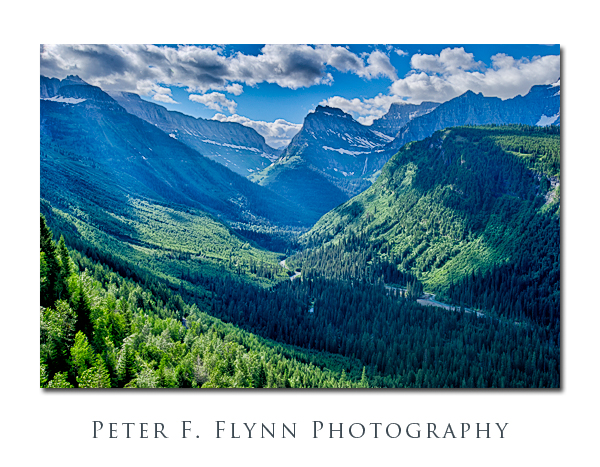
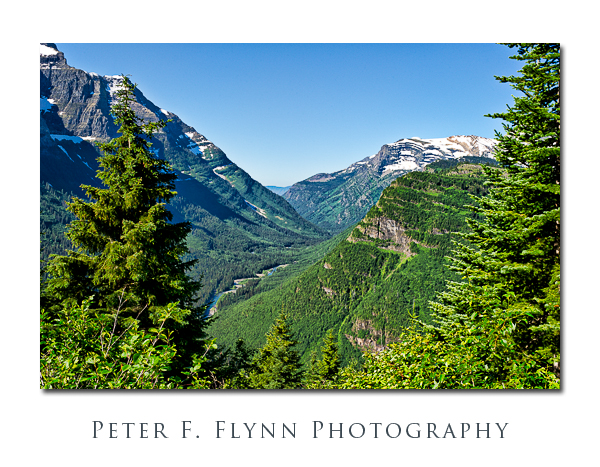
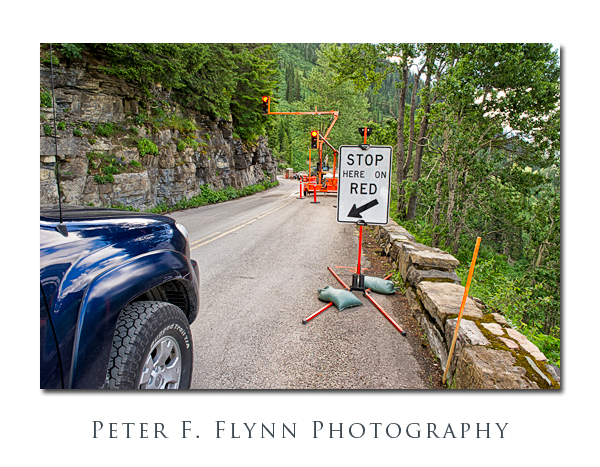
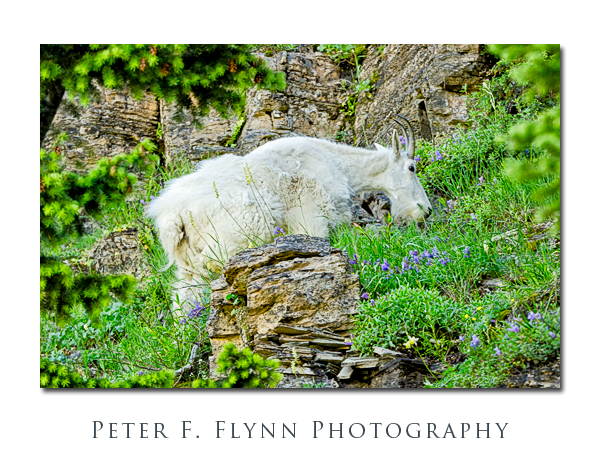
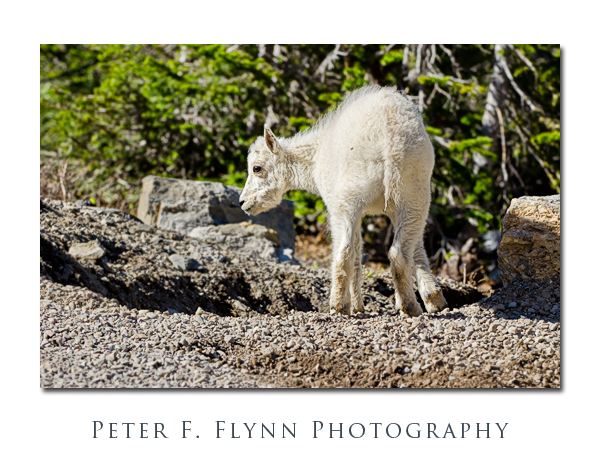
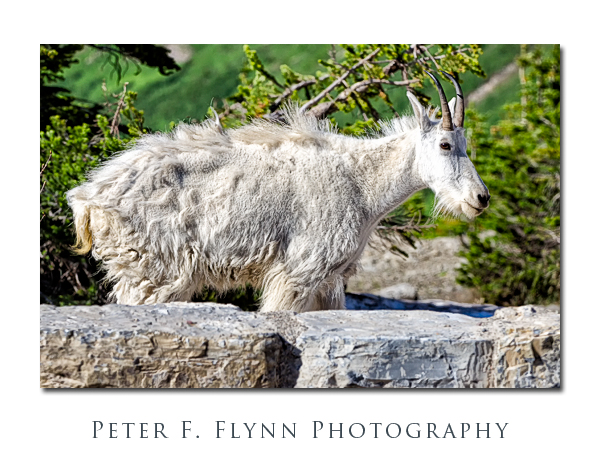
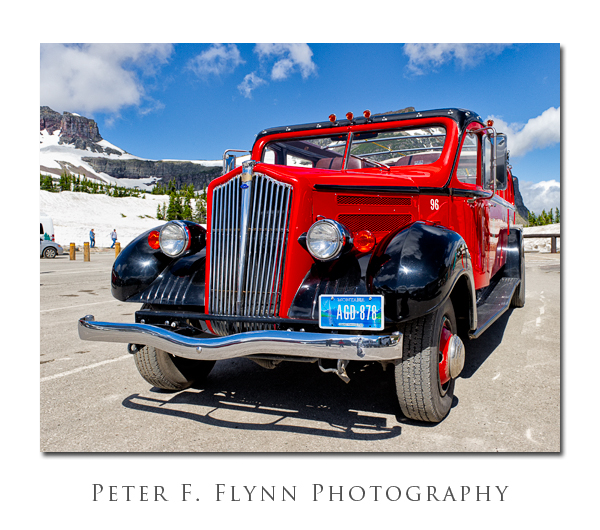
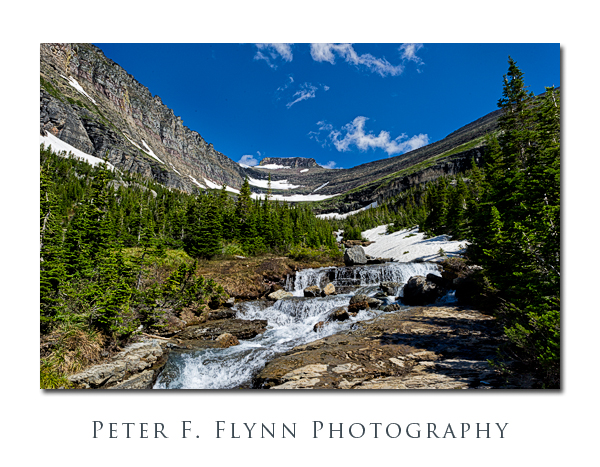
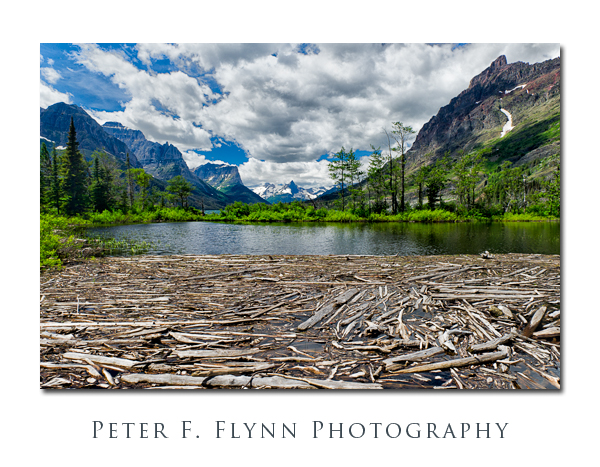
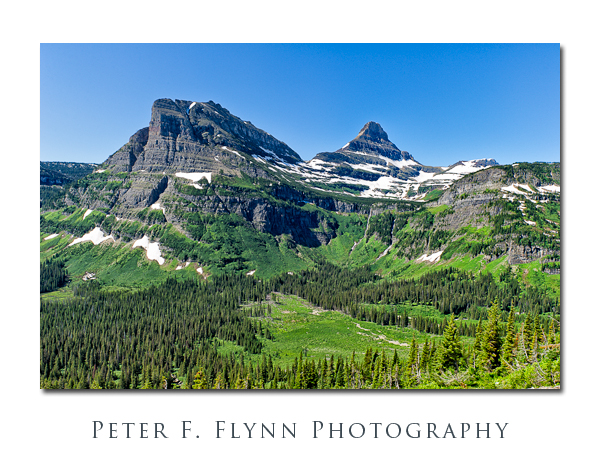
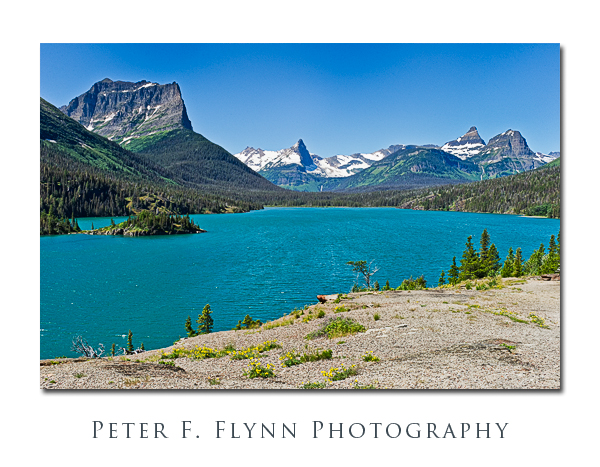
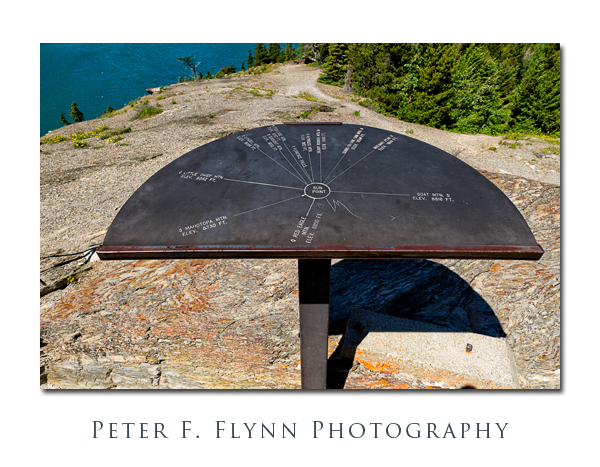
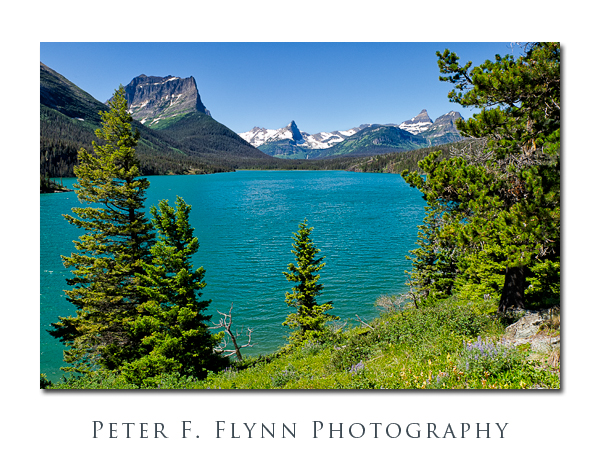
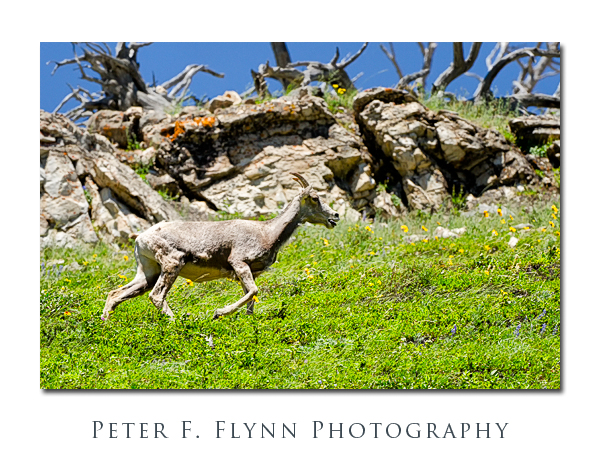
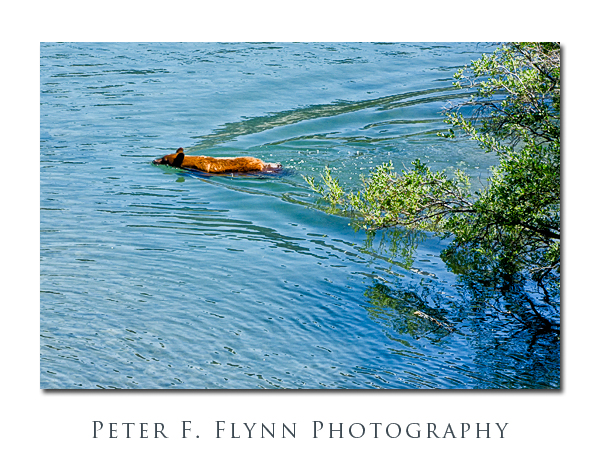
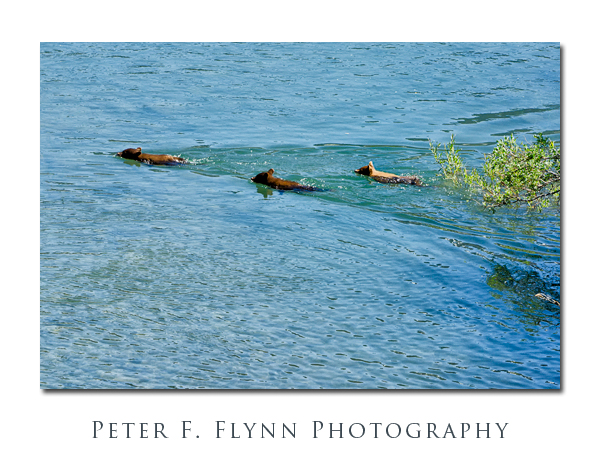
Very nice series. What a wonderful location with a variety of shooting opportunities. Everything from wildlife to scenic views. Swimming bears, very cool!
Wow, great photos! I do have a question that I know isn’t an easy one to answer, but I’m going to ask anyway, haha. I am going to Yellowstone for a few days next month, and want to rent a better lens. I just have an entry level Nikon d3000, and want to have one extra lens that would be a good all around lens to have there. In your opinion, which would be more important for me? Wide Angle for the vistas and landscapes, or Telephoto for the animals that are far out in the distance?
Thanks!
Hi Anthony,
I’ll assume that you purchased the popular 18-55mm lens with your D3000. In this case, I believe that you will be well-serve at the wide-angle end. I often remind my freinds and colleagues that there is no such a thing as too much magnification… For example, about 40% of my work in the YNP is shot at 1000mm or better, and most of the remainder is shot hand-held at short range at 400mm. If I had to suggest just one lens for you it would definitely be the Nikon 200-400 f/4, which on the D3000 is the FX equivalent of 300-600mm.
Best of luck!
P.
Awesome! Thank you for your reply, Peter!